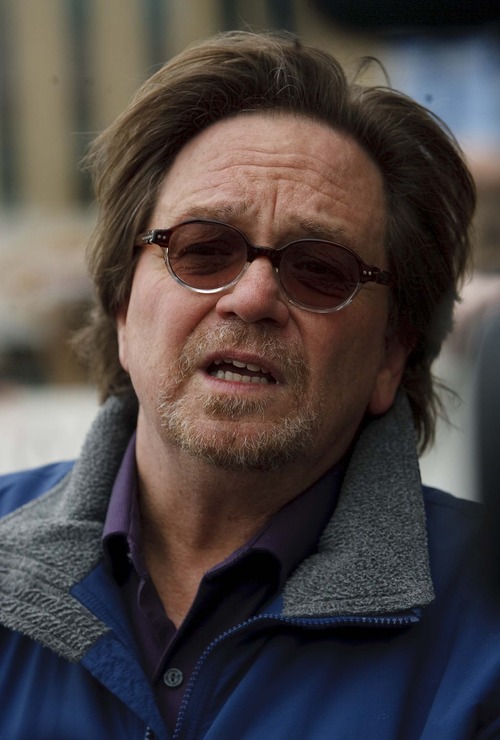This is an archived article that was published on sltrib.com in 2013, and information in the article may be outdated. It is provided only for personal research purposes and may not be reprinted.
In his book The Worst Hard Time, author Timothy Egan chronicled what was the worst man-made environmental disaster of modern civilization, the decade-long Great American Dust Bowl. It was the first clear signal that a large part of the United States could be rendered uninhabitable if its citizens and government disregarded environmental consequences, common sense and science in the pursuit of economic gain.
Unfortunately, the lesson that should have been learned from the Dust Bowl — that environmental degradation threatens our own survival — was short-lived. Within a few decades, the country was beset by massive oil spills, uncontrolled factory and power plant pollution, strip mining, sewage leaks, toxic waste dumps, ubiquitous pesticides and metastasizing freeways.
By the 1960s, Rachael Carson's Silent Spring opened our eyes to the poisoning of our environment with chemicals, and several high-profile disasters like the Santa Barbara oil spill and the Cuyahoga River catching on fire became unmistakable symbols of an intolerable fouling of our own nest.
Earth Day was proclaimed on April 22, 1970, and was celebrated by 20 million Americans. Media coverage of the first Earth Day included an hour-long, prime-time CBS News special report called "Earth Day: A Question of Survival," with correspondents from a dozen major cities, narrated by Walter Cronkite.
In short order the Environmental Protection Agency was formed by a Republican president, Richard Nixon. The Clean Air and Clean Water acts, worldwide landmarks in environmental protection, were passed with strong bipartisan support. The United States emerged as the world leader in understanding and acknowledging that even modern man is totally dependent on the protection of natural ecosystems for life's basic necessities — clean air, food and water.
For the next 30 years, environmental protection enjoyed widespread public support. When high-profile crises occurred, like Love Canal, the Exxon-Valdez, the hole in the ozone layer, Chernobyl and Three Mile Island, environmental groups saw their memberships swell and their political clout expand. Both political parties stood for environmental protection.
Unfortunately, it's a different story in 2013. With human-caused climate disruption, the world faces an environmental crisis that will dwarf the 1930s Dust Bowl, one that literally threatens the very existence of entire cities, cultures and eventually mankind if we don't address it.
But Nixon's Republican Party is now the only political party in the world that denies the problem exists, and the Democratic Party has largely surrendered the issue. Media coverage of global warming has virtually disappeared.
Last month, Texas congressman Steve Stockman said, "The best thing about the Earth is if you poke holes in it oil and gas come out." He was serious and he is helping craft public policy with Rep. Chris Stewart, R-Utah, another "climate denier" who apparently knows atmospheric physics better than all the world's climatologists.
Utah's forests are dying from changes in the climate, our water resources are already stressed to the limit and the long-term climate projections are for the Northern Hemisphere's most fearsome drought and temperature changes to be centered over Utah.
The Wasatch Front and the Uinta Basin just emerged from one of the worst air-pollution winters in our recent history, yet the state did nothing to address it. Worse still, our leaders' vision of Utah's future is for more dirty energy, selling off federal lands for even more drilling, fracking, tar sands and oil shale, more pollution from our biggest polluters, gifting the prison to real estate developers, and more freeways for more Los Angles-style sprawl.
And the Utah resident who made the greatest personal sacrifice to challenge this dismal course, Tim DeChristopher, we threw in jail.
Utah deserves better. The Sierra Club, the Utah Physicians for a Healthy Environment and Utah's broader environmental community ask you to demonstrate to our leaders that it's time for a change. Come to the front of the governor's mansion on South Temple on Earth Day — any time Monday from 9 a.m. to 6 p.m. — and help us cover our makeshift fence with blue ribbons as a symbol that we won't settle for anything less than clean air, clean energy and a clean future.
Tim Wagner is the Utah representative for the Sierra Club's Our Wild America Campaign.



